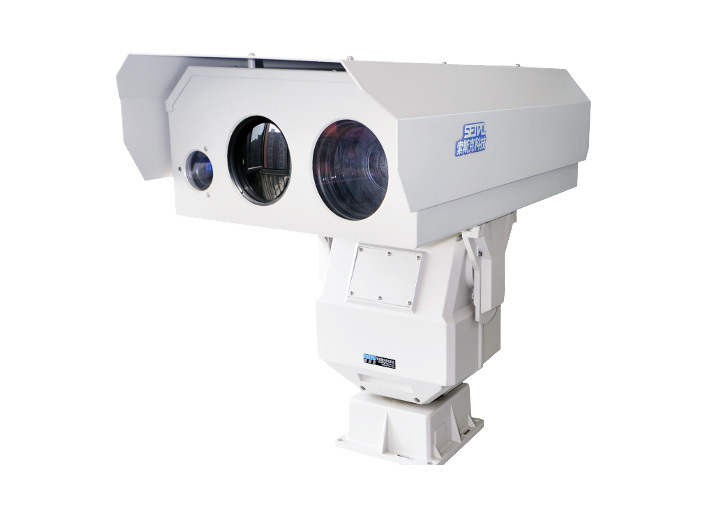-
-
Nuclear radiation imaging Solution
-
Handheld gas nuclear radiation All-in-one solution
-
SETTALL low-altitude defense System solutions
-
Portable green laser bird repellent System solutions
-
Low-light aiming scope Solution
-
Multifunctional rapid screening instrument for drug abuse Solution
-
Photovoltaic and wind power complementary wireless monitoring System solutions
-
Road vehicle overheating warning System solutions
-
Laser-based bird deterrent system System solutions
-
Bird detection, monitoring, and dispersal System solutions
-
Mountain maintenance monitoring System solutions
-
New generation of coastal defense Solution
Solution
-
-
-
-
Return
Understanding Laser Night Vision: Advancements and Applications
Nov 24,2025

At its core, Laser Night Vision systems operate by emitting infrared lasers that are invisible to the naked eye. These lasers illuminate objects within their range, enabling high-resolution imaging even in complete darkness. The use of laser technology allows for a longer detection range compared to conventional night vision devices, making it particularly advantageous for military applications, search and rescue operations, and law enforcement.
One of the key advantages of Laser Night Vision is its ability to provide clearer images with less noise. Traditional night vision systems can produce grainy images due to limited light amplification, while laser systems can achieve greater detail by utilizing coherent laser light. This results in sharper images, making it easier for the user to identify objects and recognize faces at greater distances.
Another significant benefit is the improved performance in challenging environments. Laser Night Vision systems can function effectively in fog, rain, and other adverse weather conditions where traditional night vision might struggle. This feature is particularly crucial for applications such as maritime navigation and aerial surveillance, where visibility can be severely compromised.
In addition to military and law enforcement uses, Laser Night Vision technology is finding applications in various sectors. For instance, in wildlife conservation, rangers can monitor animal movements at night without disturbing their natural behavior. In the industrial sector, it can enhance safety in environments where visibility is limited.
As with any advanced technology, there are considerations to keep in mind. The use of lasers requires adherence to safety protocols to prevent accidental exposure to the eyes, as well as compliance with regulations governing laser usage in different jurisdictions.
Looking to the future, the integration of Laser Night Vision into augmented reality (AR) and unmanned aerial vehicles (UAVs) is likely to revolutionize how we interact with our environment after dark. Enhanced imaging combined with real-time data can lead to more informed decision-making in critical situations.
In conclusion, Laser Night Vision represents a remarkable leap forward in optical technology, offering improved visibility and performance in low-light conditions. Its applications are vast and varied, making it a valuable tool across multiple industries. Understanding the intricacies of this technology can help professionals leverage its capabilities to enhance safety, efficiency, and effectiveness in their respective fields.
Previous Page:
Contact Us
EMAIL: Guojin@settall.com
No. 8, 14th Building, Zone 7, Headquarters Base, West Outer Ring Road, Fengtai District, Beijing
COOKIES
Our website uses cookies and similar technologies to personalize the advertising shown to you and to help you get the best experience on our website. For more information, see our Privacy & Cookie Policy
COOKIES
Our website uses cookies and similar technologies to personalize the advertising shown to you and to help you get the best experience on our website. For more information, see our Privacy & Cookie Policy
These cookies are necessary for basic functions such as payment. Standard cookies cannot be turned off and do not store any of your information.
These cookies collect information, such as how many people are using our site or which pages are popular, to help us improve the customer experience. Turning these cookies off will mean we can't collect information to improve your experience.
These cookies enable the website to provide enhanced functionality and personalization. They may be set by us or by third-party providers whose services we have added to our pages. If you do not allow these cookies, some or all of these services may not function properly.
These cookies help us understand what you are interested in so that we can show you relevant advertising on other websites. Turning these cookies off will mean we are unable to show you any personalized advertising.
Contact
EMAIL: Guojin@settall.com
No. 8, 14th Building, Zone 7, Headquarters Base, West Outer Ring Road, Fengtai District, Beijing


